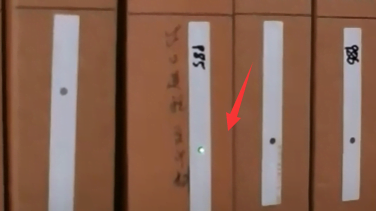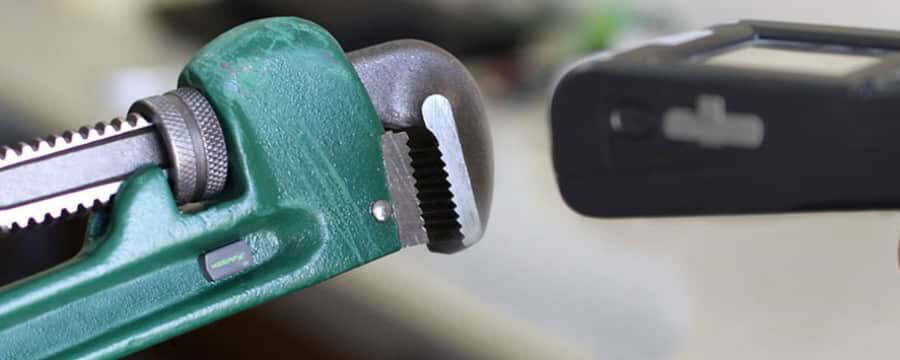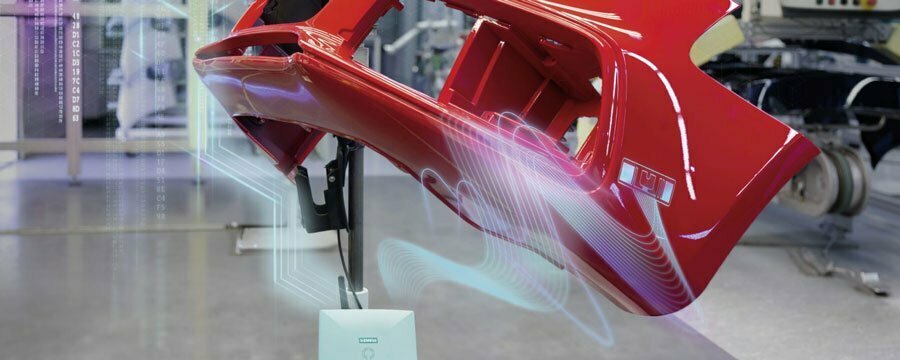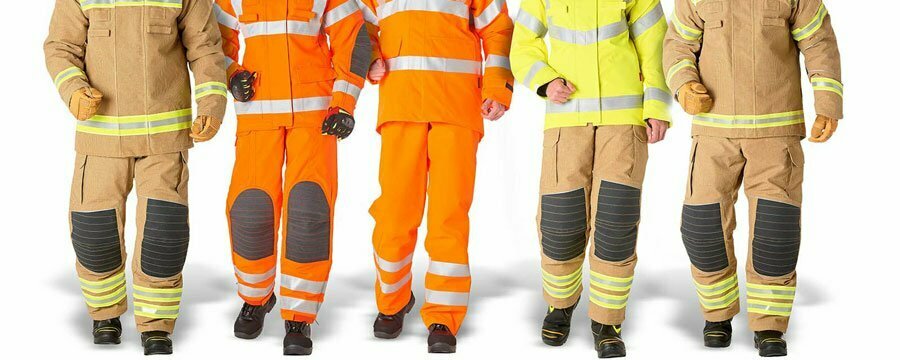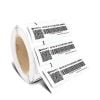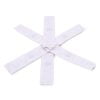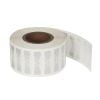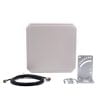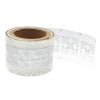1. How does an RFID reader work?
Let us first explain the basics of RFID. RFID systems basically use 3 components: tags, antennas and readers. Labels usually have an object attached to them. It contains a unique identifier. The antenna detects the tag through the magnetic field it produces. The reader receives the tag information and processes the information. The tag information may be, for example, an identification number. This article focuses on RFID readers.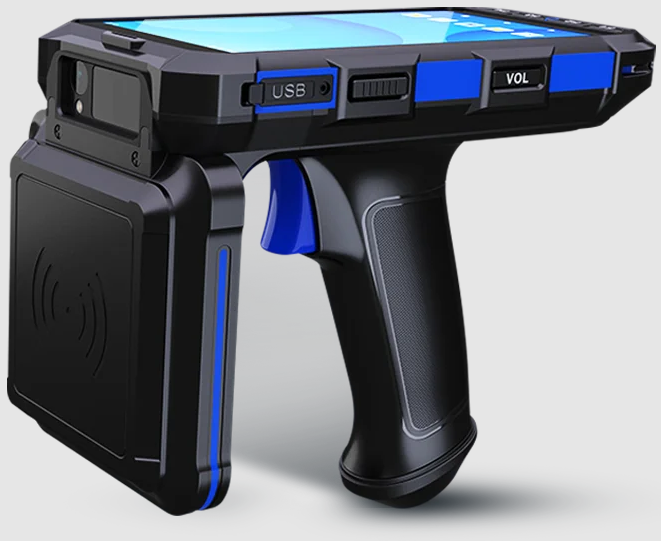
2. Is RFID the same as NFC? Or what is the difference?
RFID and NFC are not the same. RFID stands for Radio Frequency Identification. NFC is short near field communication. However, you can say that NFC tags are a form of RFID.
- NFC has a shorter range than RFID
- NFC can be used in different ways, such as paying with your smartphone or smartwatch
- RFID can be used to store and send information one way, but NFC can be used in 3 different ways:
- NFC tags (passive mode)
- NFC tags (active mode)
- Between NFC tags (peer-to-peer)
3. Can my mobile phone be used as an RFID tag?
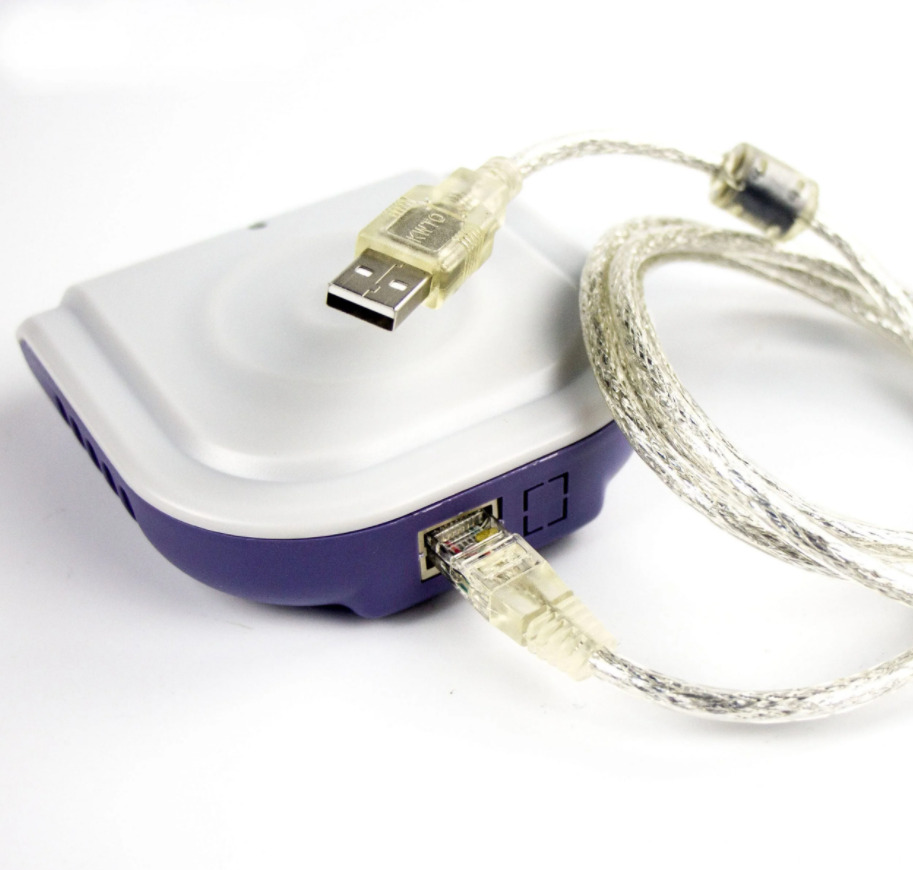
RFID Reader 1
Yes, you can use your phone as an RFID tag. For Android or Windows phones, you can enable NFC. In the case of Apple, you need to enable Bluetooth. Traditionally, RFID tags are smart cards, badges or tickets. Today, smartphones can also be used as RFID tags.
4. Where are RFID readers used?
Examples of situations where an RFID reader can be used:
- At speed bumps entering buildings or near doors
- Identify yourself on a company computer
- Release of print jobs from the MFP, so-called safe release
- Identify drivers in taxis or shared company cars
- Safe start of machine
- Charge electric vehicles such as cars or motors
- Buy lollipops at school vending machines
5. Can the RFID reader also write?
Although the term RFID reader is widely used, RFID readers can actually write new information on RFID tags as well. Of course, there may be obstacles.
6. What is the maximum reading range of passive RFID readers?
Of course it depends, but in general you can say that RFID tags can be read from a distance of 8 meters, while NFC tags can be read from the longest distance. 10 cm. The strength of the antenna is decisive both for the maximum read range and for the environment in which the RFID reader is installed.
7. RFID readers, what are the latest trends?
Traditionally, RFID readers have been used for secure printing. However, the range of applications is much broader:
- Contactless Authentication Solutions
Due to Covid companies are looking for more and more contactless solutions, especially as more people use the same reader for authentication.
- Mobile Credentials
More and more companies no longer want to rely solely on smart cards to access corporate premises or facilities. Companies prefer to stop using key card systems and move to mobile access. Smartphones that are not easy to forget are more secure and offer the possibility to add an extra layer of security, which is called multi-factor identification.
- Multi-factor identification
As hackers use ransomware to hold companies hostage, the need to make a company’s network and the computers connected to it more secure has grown considerably. Adding an RFID reader as an additional means of authentication, such as a PC, reduces the chance of a computer being hacked. Two-factor identification is a form of multi-factor identification, which means that 2 of the following factors are satisfied:
- Something you know, such as a password or username
- Biometrics
- Something you own: This could be a key card, smartphone, trusted device, or other hardware token.
Other factors could be location or time.
Keywords: RFID reader, NFC reader, NFC tag, RFID solutios

